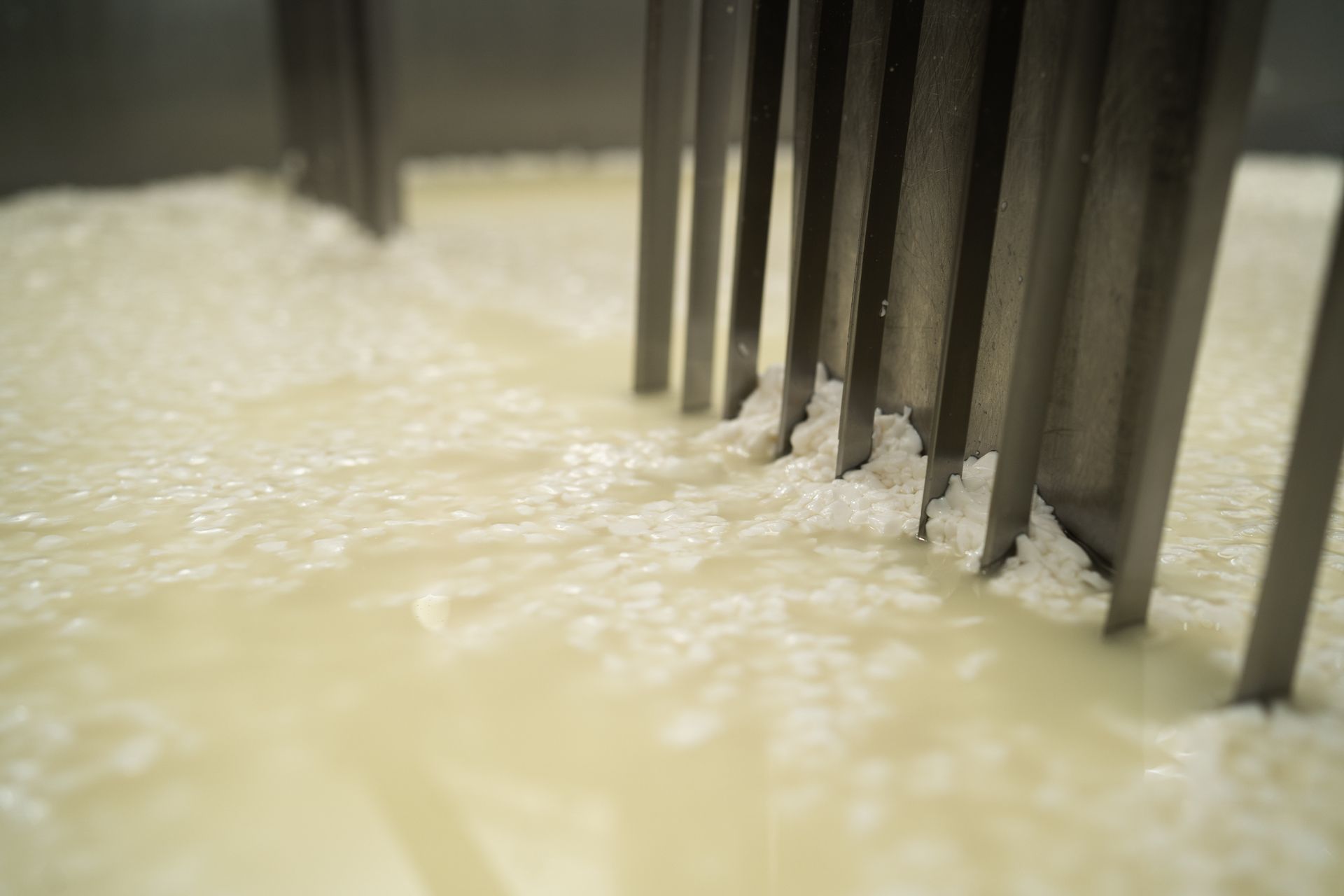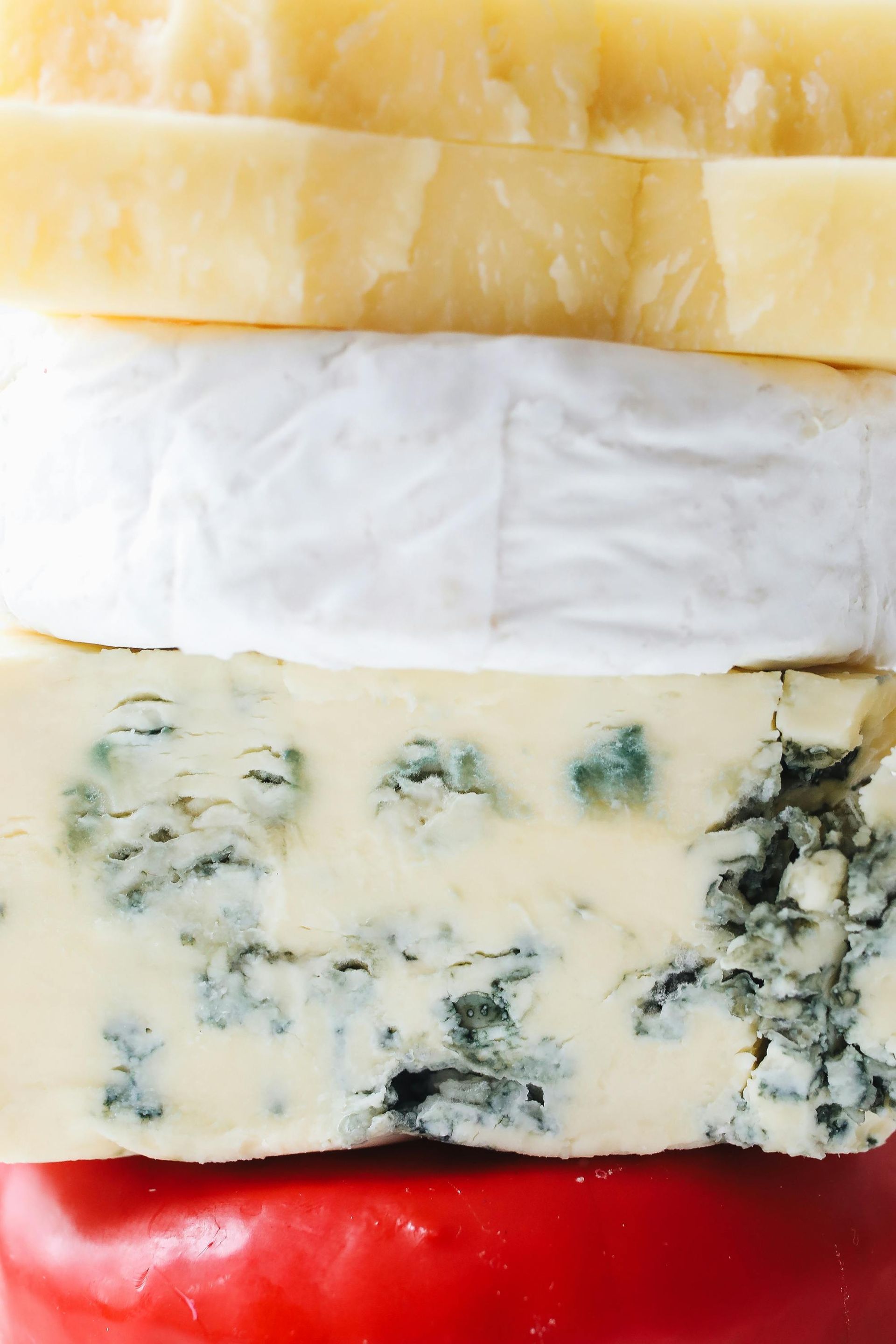Let's Start with Some Cheesy Education…
As We Near the ICDA Awards, Let's Start with Some Cheesy Education…
With the International Cheese & Dairy Awards just around the corner, I thought it was the perfect time to dive into something that's been on my mind lately — the craft, complexity, and yes, even the controversy behind the cheeses we celebrate.
You know, cheese might look pretty straightforward when you're grabbing a block of Cheddar or eyeing up that wedge of Stilton at the counter. But there's actually a whole world of terminology and technique hiding behind every bite that affects everything from taste and texture to safety and shelf life.
I keep seeing four terms pop up on labels that most people gloss over, but they're actually pretty important to understand: processed, unprocessed, pasteurised, and unpasteurised. Whether you're making cheese, selling it, or just trying to figure out what you're actually eating, these distinctions matter more than you might think.
The Real Deal vs. The Convenient Cousin
Let's talk about processed cheese first. This is the stuff that never lets you down — always melts the same way, always tastes exactly like you expect it to. That's because it's made by taking natural cheeses and blending them with emulsifiers, stabilizers, and sometimes flavor enhancers, then heating everything into perfect uniformity. Think of those burger slices that peel apart so neatly, or cheese spreads that squeeze out of a tube.
It's brilliant for convenience, but it doesn't exactly have a story to tell.
Unprocessed cheese — or natural cheese, if we're being precise — is where things get interesting. We're talking milk, cultures, rennet, and salt. That's it. No industrial wizardry, just time and patience as the cheese develops its own personality. This is where you get the farmhouse Cheddars with their crystalline crunch, or those hand-ladled Stiltons that taste like the fields where the cows grazed. Each wheel has its own character.
The Safety Net vs. The Wild Side
Now, pasteurised cheese comes from milk that's been heat-treated to knock out any potentially nasty bacteria. It's the safety-first approach, and honestly, it's what you'll find in most supermarkets. The trade-off? Some cheese makers will tell you it can tone down the complexity of the final product.
Unpasteurised cheese, though — that's the adventurous choice. Made from raw milk that's been left alone to keep all its natural microflora intact. The flavors can be incredible, really rooted in the specific place where it was made. But it demands absolute precision and spotless hygiene from the cheesemaker.
Here in the UK, we're lucky enough to have both options legally available. Some of the world's most famous cheeses — think proper Brie de Meaux or certain West Country Cheddars — are proudly unpasteurised and perfectly safe when they're made right.
Why This Actually Matters
For anyone making cheese, getting your head around these distinctions isn't just technical knowledge — it's essential as more and more consumers want to know exactly what they're buying and where it comes from.
If you're selling cheese, it's about being able to have honest conversations with customers about what makes each cheese special and why it tastes the way it does.
And for those of us judging at the ICDA Awards? We're celebrating everything — from the technically flawless to the beautifully unpredictable. Whether it's pasteurised or raw, processed or natural, great cheese comes down to the same things: skill, care, and character.
As we build up to this year's awards, I'll be sharing more insights like this — pulling back the curtain on the knowledge, science, and passion that goes into the best cheeses from the UK and beyond.
Because before you can recognize the best, you need to understand what you're actually tasting.



